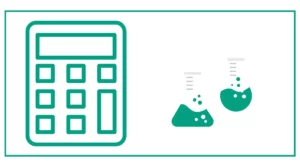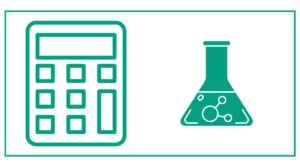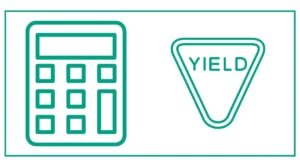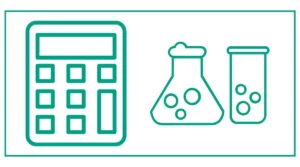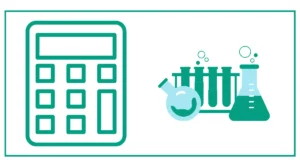Molality Calculator
The molality calculator helps you calculate the number of solvent moles per kilogram.
You can find the molality by entering the moles of solute and the mass of the solvent.
You can also calculate the molality by entering the mass of the solute, molar mass, and mass of the solvent.
In case you don’t know, “total moles of a solute contained in a kilogram of a solvent” is molality. Molecular concentration is molality. It measures solute concentration in a solution.
m= mol/kg
M= Molality
Mol= Moles of solute
kg= kilogram of solvent
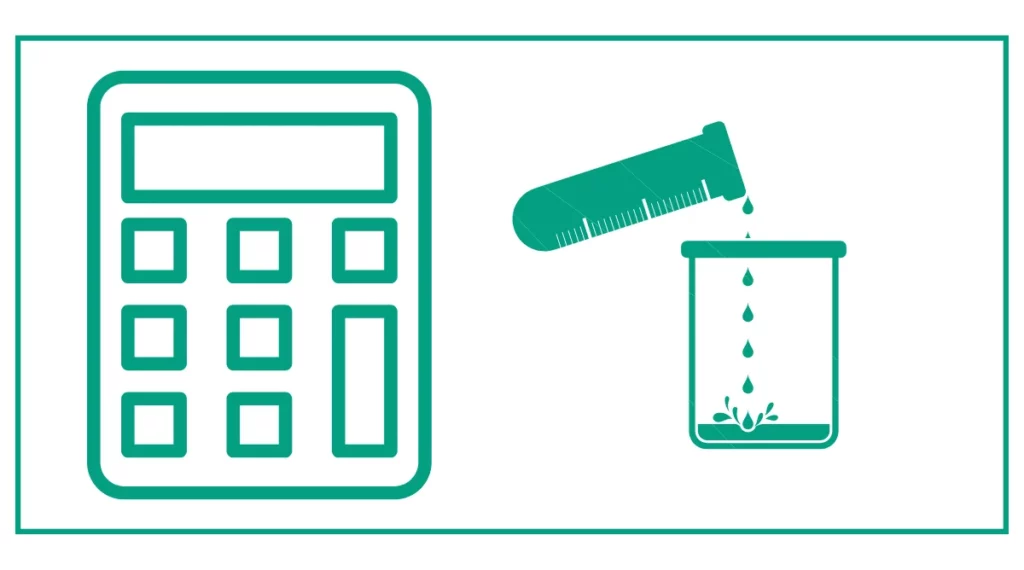
You might be interested in finding the dilution factor or might want to know about the equilibrium constant.
What is Molality?
Molality is a measure of concentration that expresses the number of moles of solute per kilogram of solvent. It is denoted by the symbol ‘m’ and is typically measured in units of mol/kg. Molality is particularly useful because it depends only on the amount of solute and the mass of solvent, making it independent of temperature changes that might affect the volume of the solution.
The Molality Formula
The formula for calculating molality is:
Molality (m) = Number of moles of solute / Mass of solvent in kilograms
This formula can be further expanded to:
Molality (m) = (Mass of solute / Molar mass of solute) / Mass of solvent in kilograms
Why Use a Molality Calculator?
While the concept of molality is straightforward, calculating it manually can be time-consuming and prone to errors, especially when dealing with complex compounds or multiple calculations. A molality calculator streamlines this process by:
- Reducing calculation time
- Minimizing human error
- Providing consistent and accurate results
- Allowing for quick comparison of different solutions
How to Use a Molality Calculator
Using a molality calculator typically involves the following steps:
- Enter the mass of the solute in grams
- Input the molar mass of the solute in grams per mole
- Enter the mass of the solvent in kilograms
- Click the “Calculate” button to obtain the molality
Some advanced calculators may offer additional features, such as the ability to convert between different units or calculate related quantities like molarity.
Examples of Molality Calculations
Let’s explore two examples to illustrate how a molality calculator can be used in practical situations.
Example 1: Sodium Chloride (NaCl) Solution
Suppose we want to calculate the molality of a solution containing 58.5 g of sodium chloride (NaCl) dissolved in 1 kg of water.
Using a molality calculator:
- Enter the mass of NaCl: 58.5 g
- Input the molar mass of NaCl: 58.44 g/mol (22.99 g/mol for Na + 35.45 g/mol for Cl)
- Enter the mass of water: 1 kg
- Click “Calculate”
The calculator would return a molality of approximately 1 mol/kg.
Example 2: Glucose Solution
Let’s calculate the molality of a solution made by dissolving 90 g of glucose (C6H12O6) in 500 g of water.
Using a molality calculator:
- Enter the mass of glucose: 90 g
- Input the molar mass of glucose: 180.16 g/mol
- Enter the mass of water: 0.5 kg (500 g converted to kg)
- Click “Calculate”
The calculator would return a molality of approximately 1 mol/kg.
Advantages of Using a Molality Calculator
- Precision: Molality calculators can provide results with a high degree of accuracy, often to several decimal places.
- Versatility: Many calculators can handle a wide range of substances and concentration levels.
- Time-saving: Especially useful when dealing with multiple calculations or complex molecules.
- Educational tool: Students can use the calculator to check their manual calculations and understand the relationship between different variables.
- Consistency: Eliminates variations that might occur with manual calculations performed by different individuals.
Molality vs. Molarity: Understanding the Difference
While molality is a useful measure of concentration, it’s often confused with molarity. Here’s a brief comparison:
Molality (m): Moles of solute per kilogram of solvent
Molarity (M): Moles of solute per liter of solution
The key difference is that molality uses the mass of the solvent, while molarity uses the volume of the entire solution. This makes molality more convenient for certain applications, especially those involving temperature changes that might affect solution volume.
Applications of Molality in Chemistry
Understanding and calculating molality is important in various chemical applications:
- Colligative properties: Molality is used in calculations involving freezing point depression, boiling point elevation, and osmotic pressure.
- Chemical reactions: In some reactions, knowing the molality of reactants is crucial for predicting outcomes.
- Solution preparation: Molality is useful when preparing solutions where the mass of solvent is more easily measured than volume.
- Pharmaceutical formulations: Molality is sometimes used in drug formulations to ensure consistent concentrations.
Tips for Using a Molality Calculator Effectively
- Ensure you’re using the correct units: Most calculators require mass in grams and kilograms.
- Double-check your input values: Small errors in input can lead to significant errors in the result.
- Understand the limitations: Molality calculators assume ideal behavior of solutions, which may not always be the case in real-world scenarios.
- Use reliable sources for molar mass values: Accurate molar mass values are crucial for correct calculations.
- Practice with known examples: Use textbook problems or lab manual examples to familiarize yourself with the calculator.

References
- Molality – an overview | ScienceDirect Topics. (n.d.). Molality – an Overview | ScienceDirect Topics. doi.org/10.1016/B978-012563730-5/50003-9
